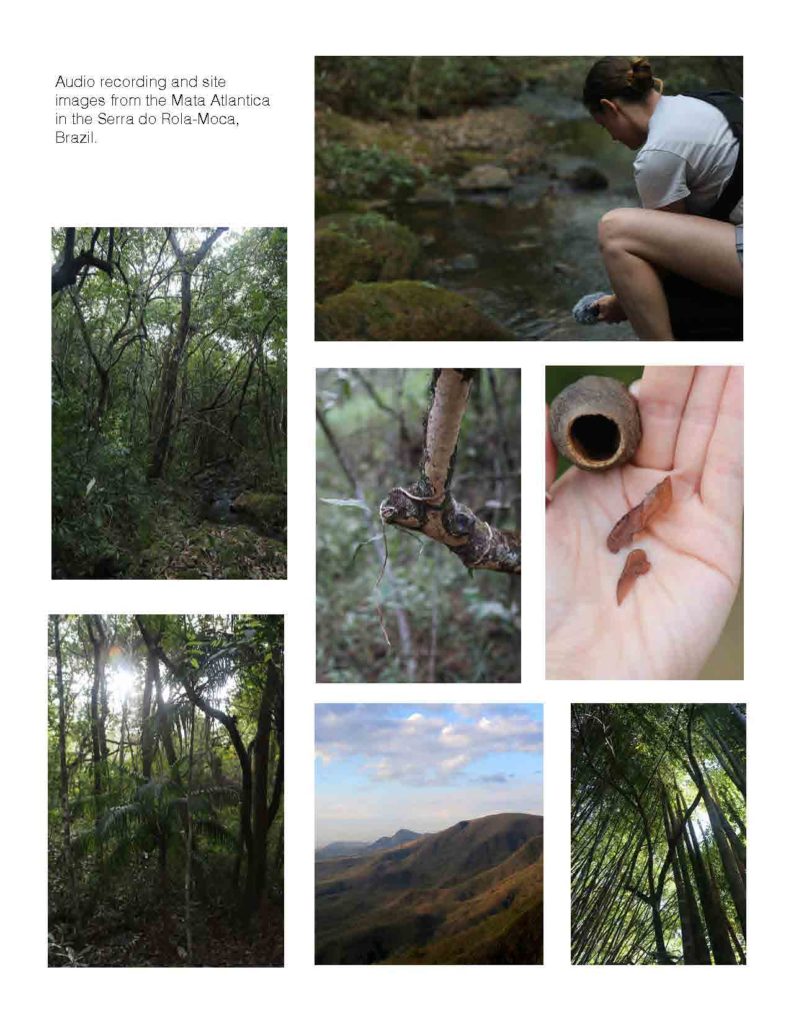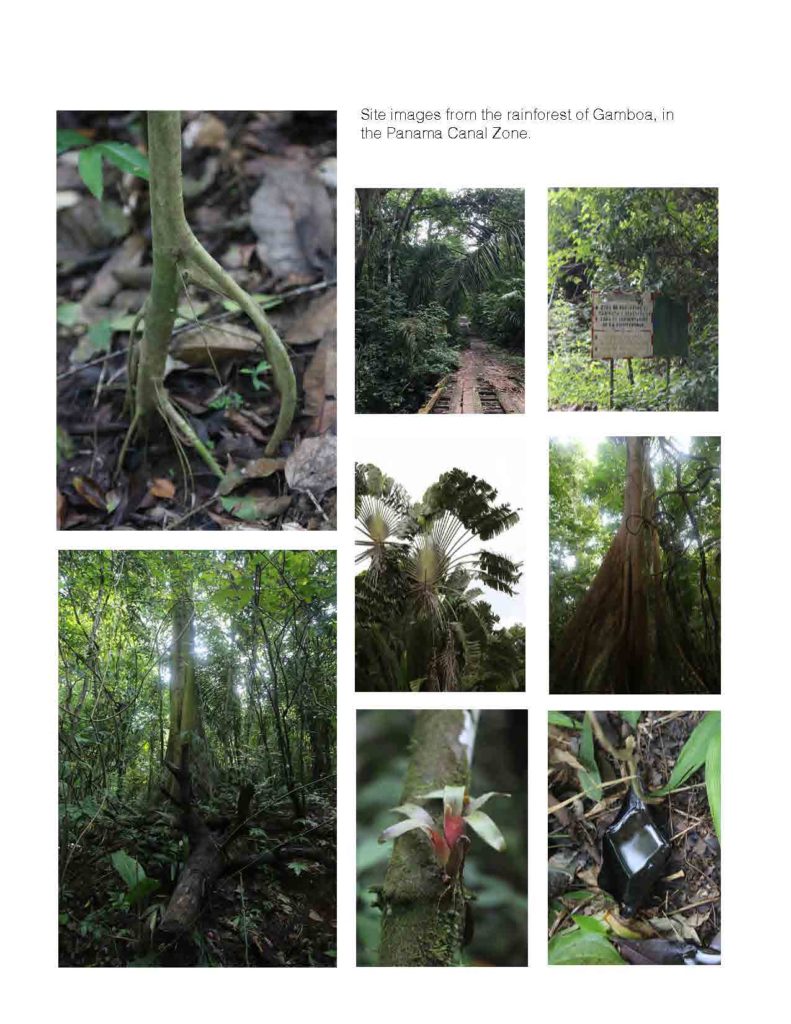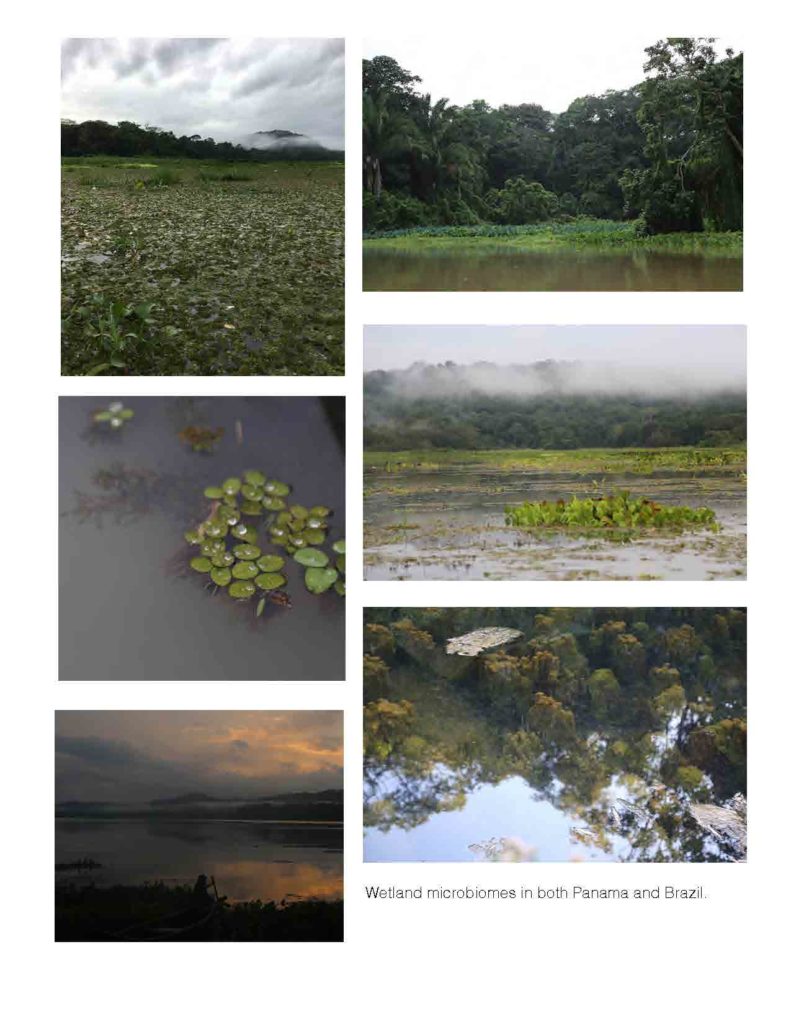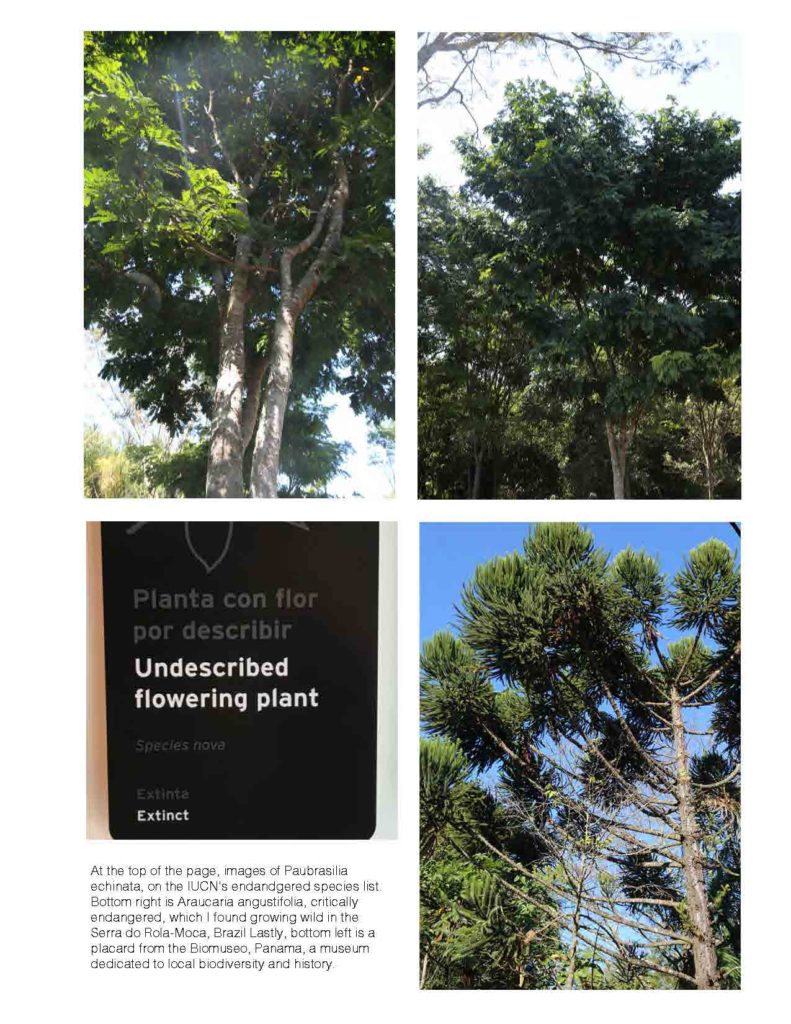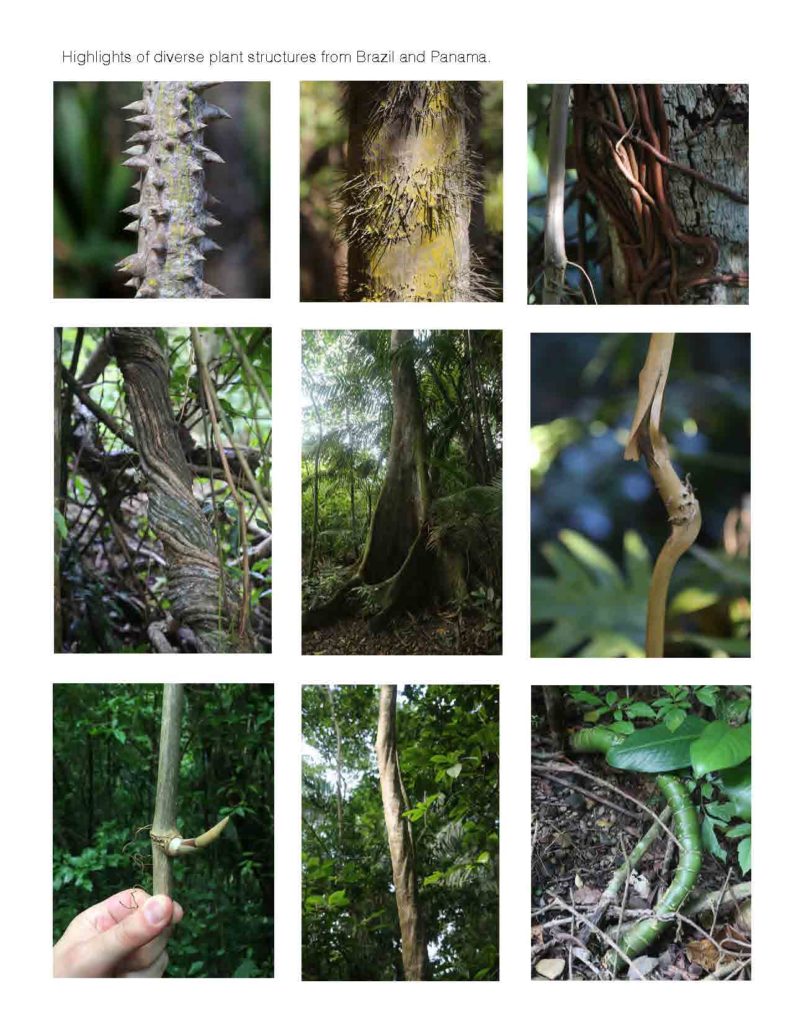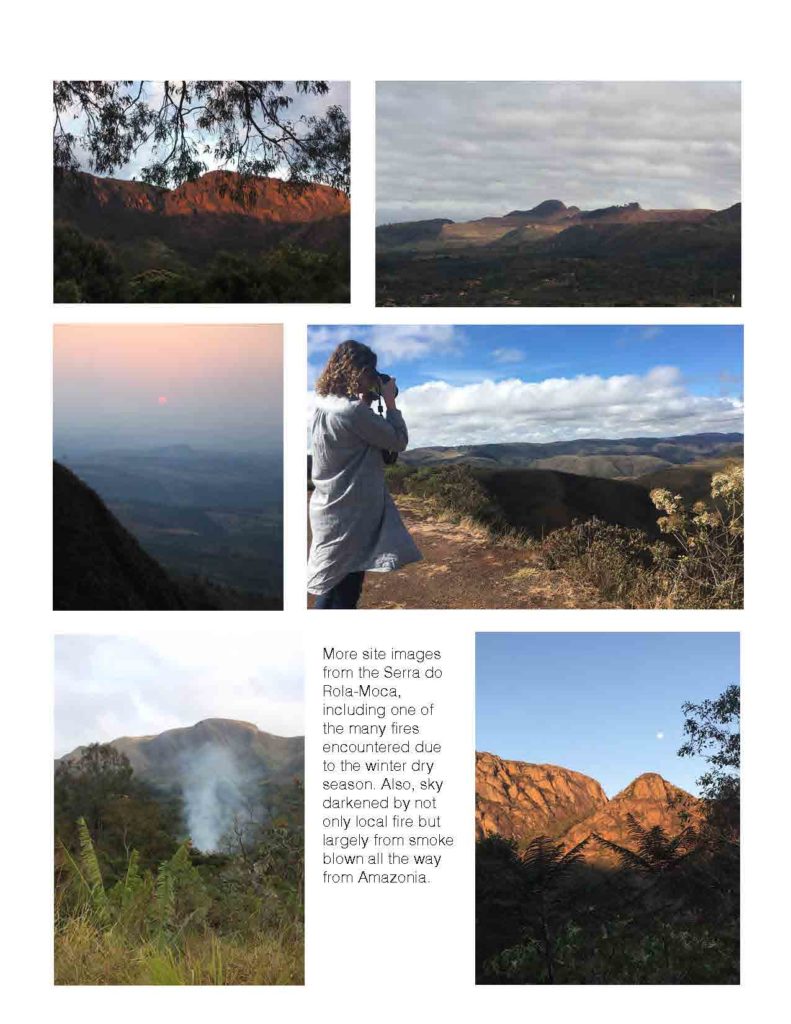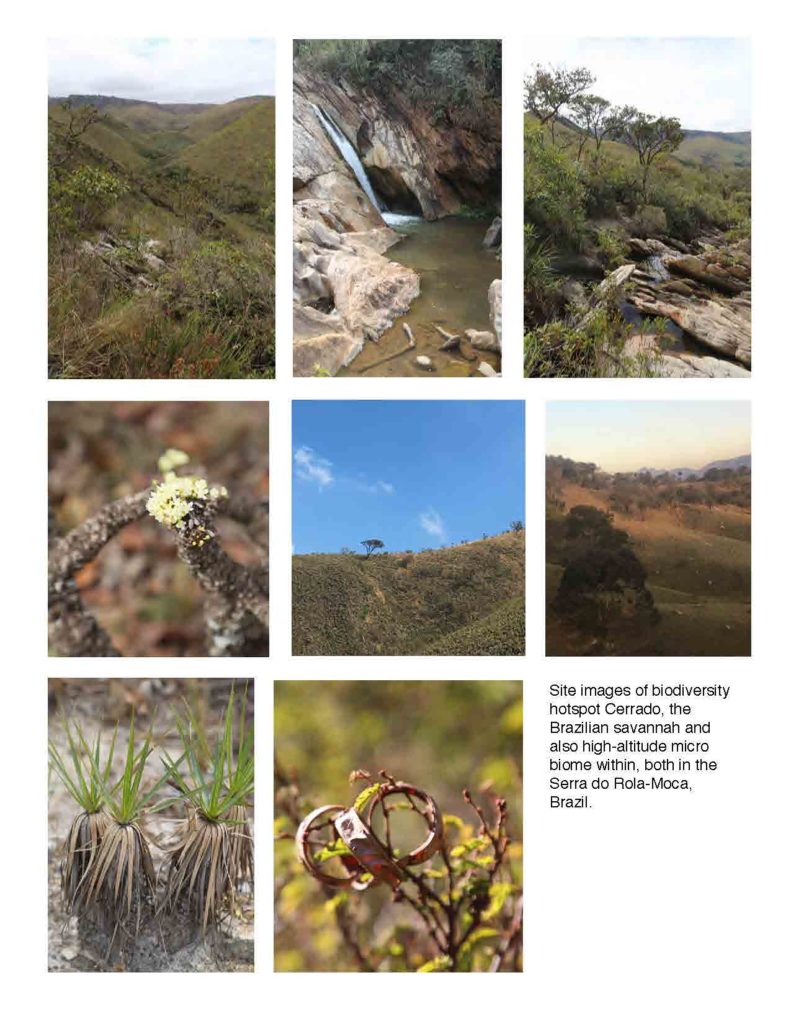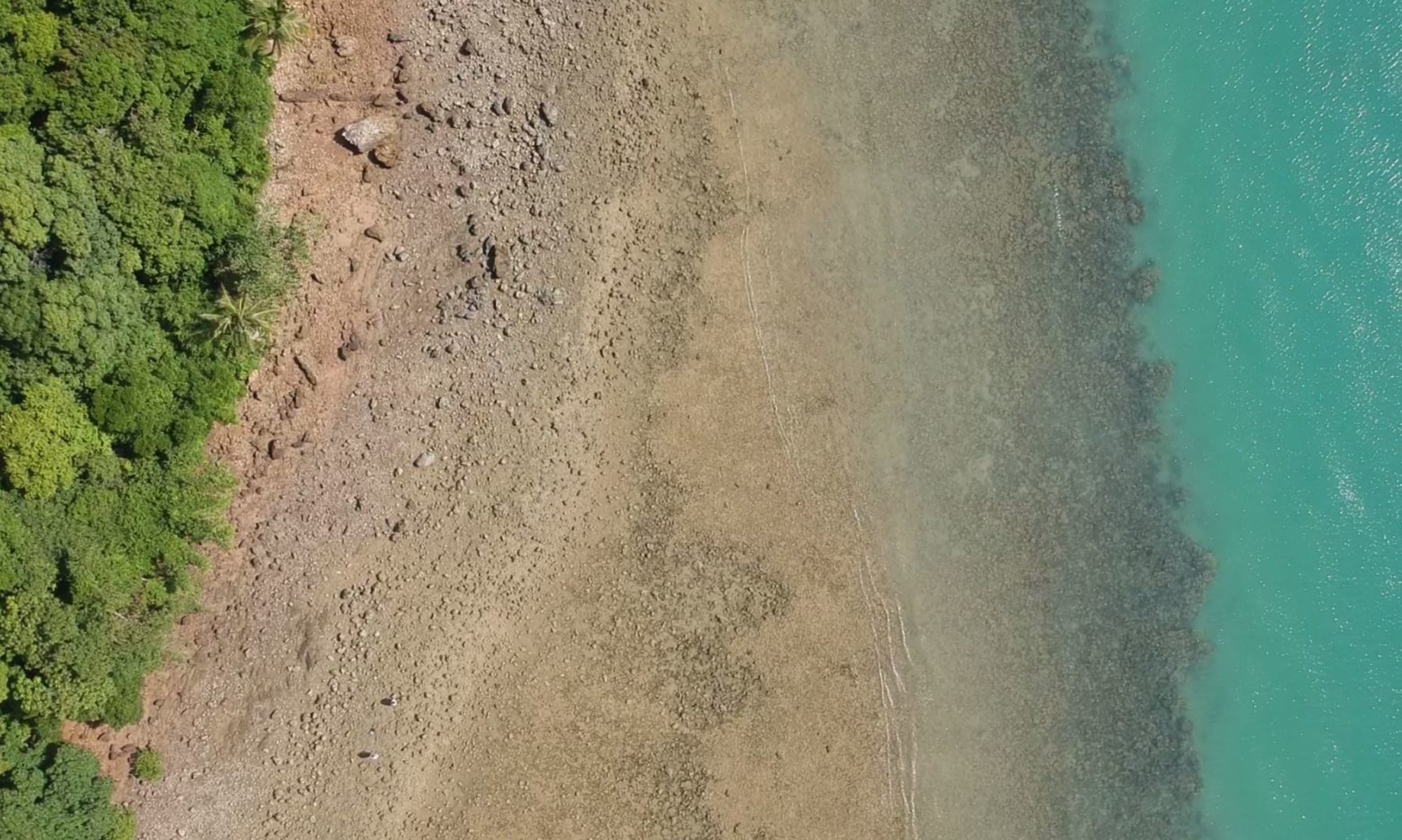Grace Grothaus
THE FUTURE WITHIN: A digital seed archive and interactive sculpture series exploring
threatened plant biodiversity in the americas
“First and above all an explanation must do justice to the thing that is to be explained, must not devaluate it, interpret it away, belittle it, or garble it, in order to make it easier to understand. The question is not “At what view of the phenomenon must we arrive in order to explain it in accordance with one or another philosophy?” but precisely the reverse: “What philosophy is requisite if we are to live up to the subject, be on a level with it?” The question is not how the phenomenon must be turned, twisted, narrowed, crippled so as to be explicable, at all costs, upon principles that we have once and for all resolved not to go beyond. The question is: “To what point must we enlarge our thought so that it shall be in proportion to the phenomenon…” – Schelling
“The future is not in front of us, for it is here already in the shape of a germ (seed).” “What is not with us will not be, even in the future.” Čapek

A result of cumulative anthropogenic activity, global mass extinction is currently in progress, a phenomenon which many refer to as the sixth extinction. I am attempting to grappling with this phenomenon as an artist and to live up to the enormity of the subject. In Schelling’s expostulation I begin to see the beginnings of a course of action. To enlarge my thought to be in proportion to the phenomenon, I must immerse myself in it, far beyond the four walls of my studio. In so doing I deepen my knowledge base and in turn the efficacy of my artistic practice upon return to studio. We see more clearly by recording what we see firsthand. With this understanding and via the support of the Digital Naturalism Conference, the Tinker Foundation, and the University of California San Diego, I conducted field research July-September 2019 in forests across the Americas: South, Central and North. Specifcally in the Panamanian canal zone tropical moist broadleaf forest (“rainforest”), Brazilian Cerrado, Mata Atlântica, and the North Atlantic forest of the Blue Ridge Parkway. Especially in Panama and in Brazil, these biodiversity hotspots are home to a great number of endemic species, some of which have not yet even been discovered. Especially in Brazil they are also threatened. According to UNESCO, the Cerrado, the second largest biome in South America, less than 30% of the natural vegetation remains and continues to shrink and the original Mata Atlântica has experienced 85% deforestation. These are places of irreplaceable biodiversity. For example the Cerrado is the most biodiverse savannah in the world. Yet devastating losses continue. It is highly probable that many endemic species have already faced extinction before being recognized by the scientific community and the broader world at large, and even more are at risk today.
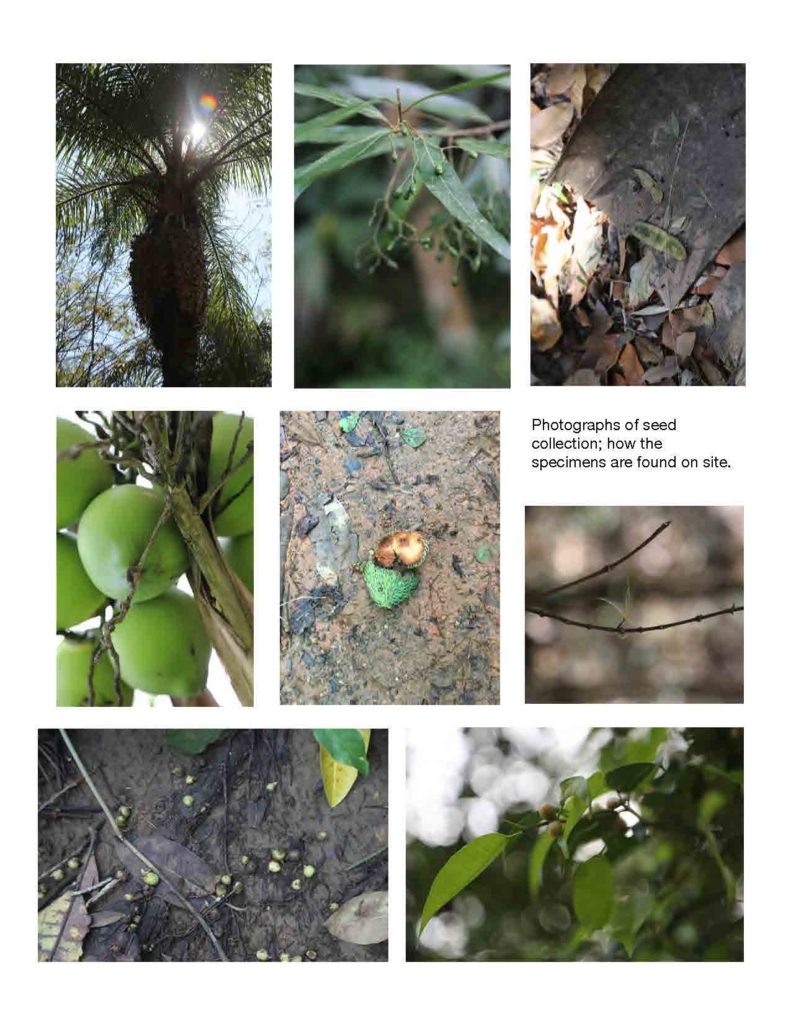
These past few months during my hikes in these forests and grassland, I sought out seeds, seedpods, and fruiting bodies of as many different plant species as possible and from them created 3D digital models. In this way I digitally collected 60 unique specimens in Panama during Dinacon, another 152 in South America, and 45 thus far from North America where I am working now. All together this represents 257 unique species. The digital models of them are comprised of a staggering 26,000+ images taken of the specimens during the photogrammetry process. In addition, I have nearly seven thousand photographs, video, and audio recordings, numerous field notes and
sketches. Via field guides and discussion with generous researchers at Inhotim Botanical Gardens, the Smithsonian Tropical Research Institute, and the University of California San Diego I have been identifying the species of my specimens and learning about them.
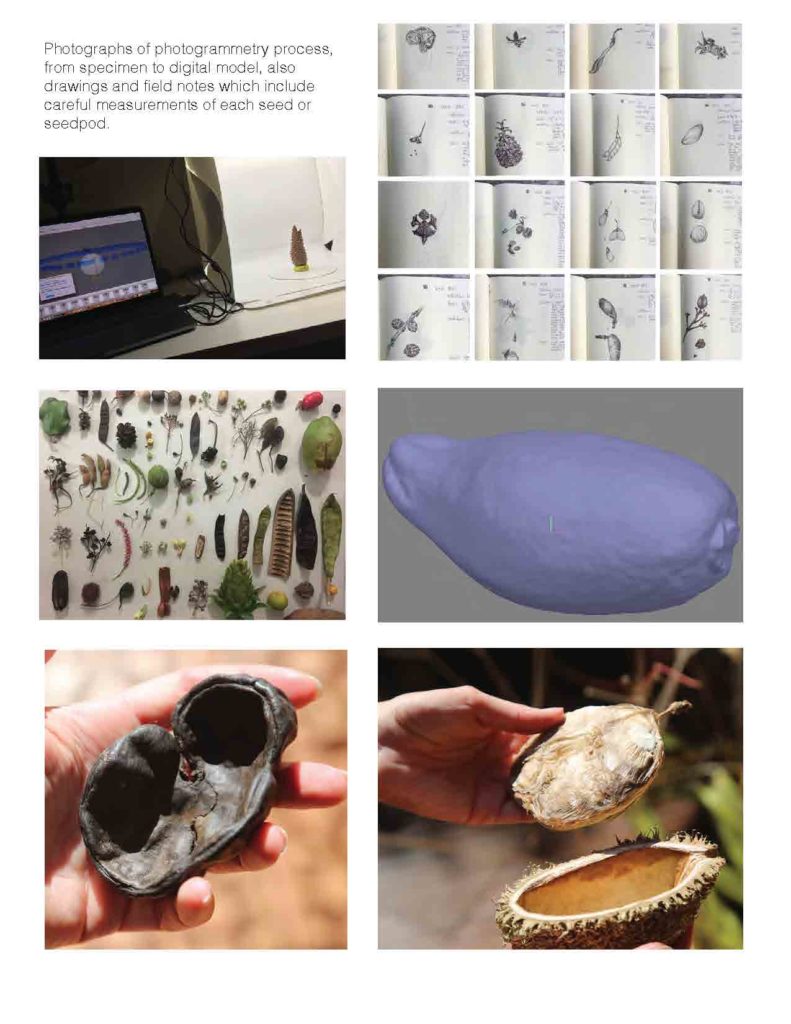
In particular, discussion with two of STRI’s post-doctoral research fellows about their
research into seed dormancy in tropical forests was eye-opening. Seeds in more temperate forests are known for their lengthy fertile dormancy and it is not unknown to find specimens to lie dormant but still viable for even tens of thousands of years, yet in tropical forests the duration is much shorter, ending after only a few years and stretching into a decade or two max, species and soil conditions dependent. Reasons are not wholly clear, yet in both locations the seeds are not impaired by the soil, rather they actually need the soil microbes for the possibility of germination. Like the wildfires of the Cerrado, tropical soil is able to abrade the seed surface enough for germination. Seeds possess a chalazal area or plug, a round location on the surface that must break away, in order for the plant embryo inside to emerge and grow. In discussion of mechanisms by which future climate change may affect the species they study, the researchers explained that it is not only microbial/soil abrasion in the tropics that are sufficient to break physical dormancy in seeds, but also fluctuations in
the soil temperature. Surface soil temperature is dependent on ambient air temperature and so in a much warmer future, the viability window of opportunity for these seeds may well shorten. This is but one of the numerous concrete mechanisms by which species in this biome face future loss and potential extinction, and one I was previously wholly unaware of.
It can be cognitively difficult to focus on the slow growing and near silent plants around us. We have a tendency to look at plants as part of another and separate “natural world,” perhaps even a backdrop upon which we and other animals live out our lives, but this mindset is a fallacy. Plants are the keystone upon which all mammals rely.
The pace of plant growth is so slow compared to human movement, it lends toward the human impression of the plant world as constant, reliable backdrop, yet everything is growing constantly and all that I observed was constantly in flux. I’m grateful for the extended time dedicated to careful observation this field research provided, and reminded of Heraclitus’s truism that you can only step into the same river
once. In the same way that it is difficult to focus attention for the length of time requisite to really witness a plant grow, climate crisis is similarly difficult to observe, and yet with both the cumulative changes are unmistakable.
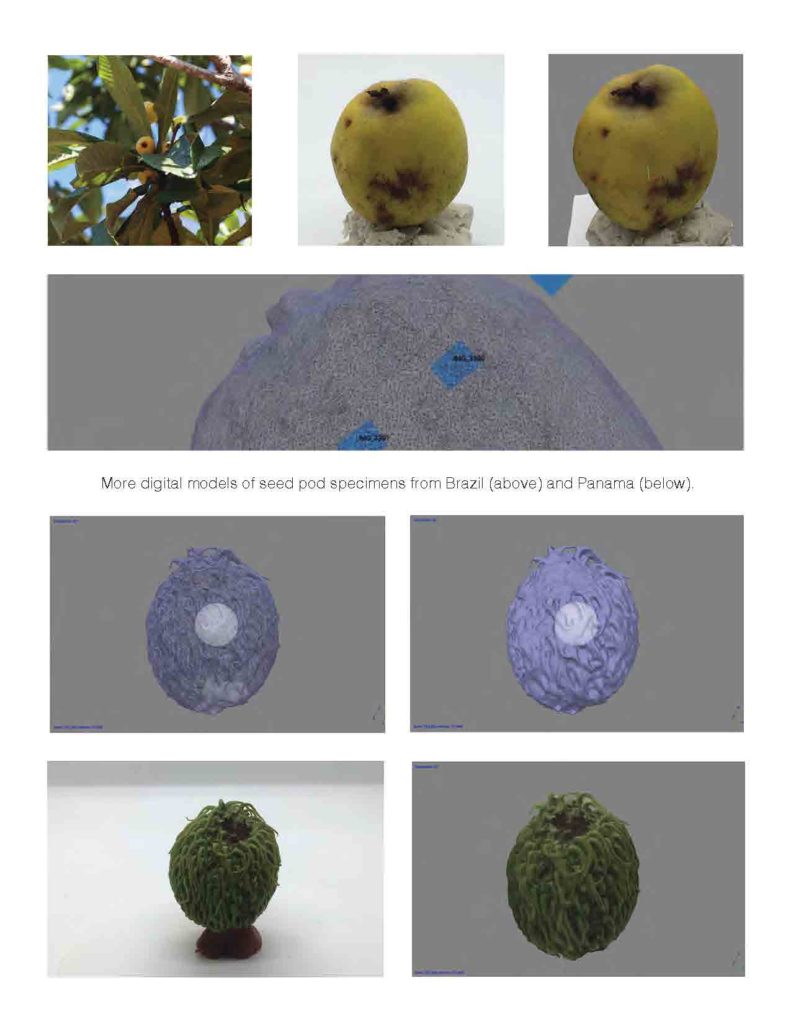
The photogrammetry process enables me to digitally collect only and leave no trace behind me – the real specimens in their home environments where they belong. I am developing a growing digital record, but just a tiny fraction of the species diversity that was all around me. Many more species were not in seed during the time of my visit and many more eluded my discovery, having already dispersed to the wind, soil, or animal digestion. The seed specimens I did collect vary greatly in size from a paper thin ~1/64 of an inch thick to 18 3/8 inch long. I was thorough in my collection but still others were too small, lacking any dimension of length and therefore impossible to capture using the set-up available to me. Perhaps farther in the future with other support I’ll be able to model via micro MRI imaging. In the near term I am now in the process of turning these digital models into sculptures. printing them into physical objects and embedding my motion-sensitive electronics inside that will enable the finished sculptures to murmur sounds into our ears. If a seashell held to the ear presents to our imagination sounds of the ocean though in fact amplifying the rush of our own blood circulating, then perhaps these seed sculpture sound compositions, composed from field recordings and whispered text, will amplify our hopes and fears about our planetary future to a level that we cannot ignore.
